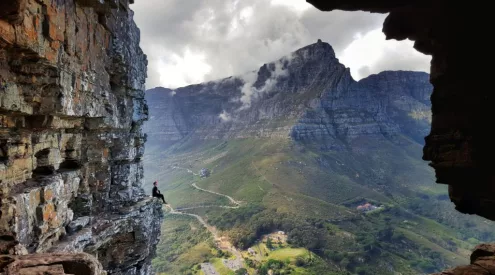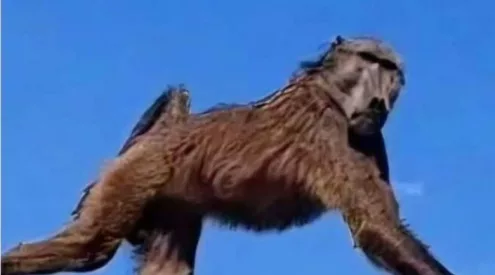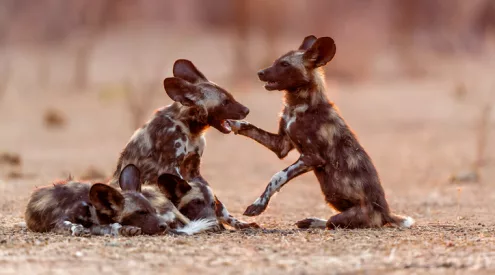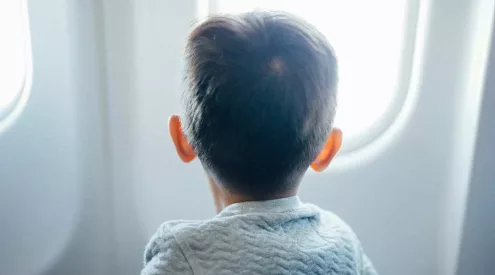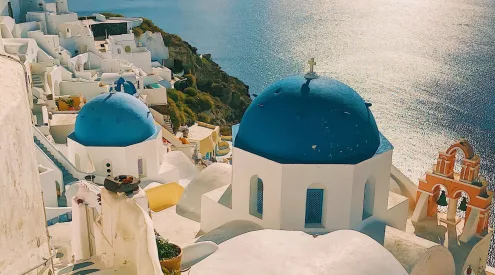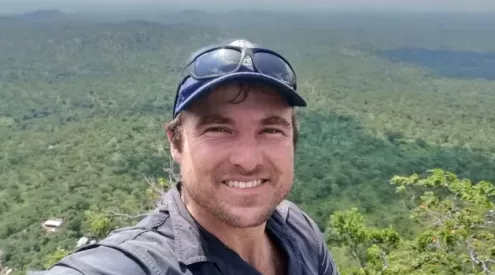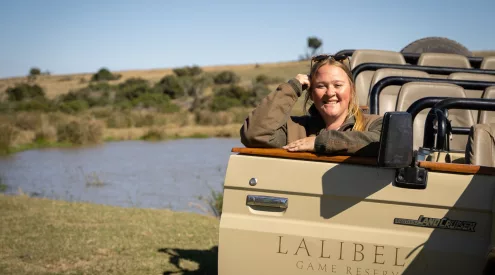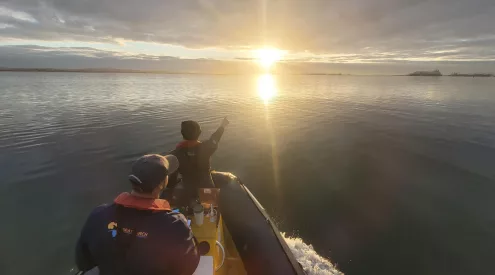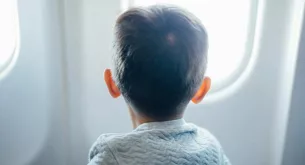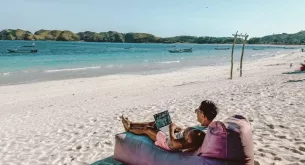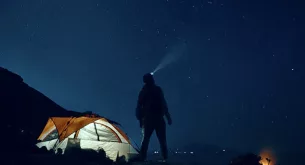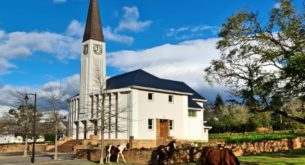A team of marine salvors is working around the clock to prevent a leaking tank on cargo ship Kiani Satu from spilling oil into the sea off the Knysna coast. South African Maritime Safety Authority (SAMSA) spokesman Captain Nigel Campbell said the team will try to pump fuel from the Kiani Satu into another ship before towing it. ‘We will keep on trying to get it afloat for the next three or four days and assess whether we could take it to port or whether we would have to sink the ship in very deep water,’ said Campbell.
Meanwhile, a statement from the Department of Environmental Affairs said that its Oil Response Team is currently working in collaboration with the Knysna Municipality, SanParks and CapeNature in putting protection measures in place and cleaning the oil spill. ‘The team has boomed off the Goukamma estuary, which is on the east side of the grounded bulk carrier. The Swartvlei estuary, on the west side of the Kiani Satu, has also been partially closed and is being closely monitored for any oil pollution,’ said the statement.
The department added that reports from its aerial surveillance team aircraft, Kuswag 9 (K9), which is currently stationed in George, indicate that although light oil is visible on the beaches, most of the oil leaking from bulk carrier is moving offshore away from the coast (read the statement here). No environmental damage in the Goukamma Nature Reserve has been reported yet.
The Kiani Satu ran aground on Buffels Bay, off the Knysna coast on Thursday morning, spilling over three tons of oil into the nearby Goukamma Nature Reserve on Sunday. The 168-ton bulk carrier was carrying 330 tons of heavy fuel oil and 15 000 tons of rice from Hong Kong to Ghana. According to reports, the ship experienced engine problems in the heavy seas before it ran aground near Buffels Bay. All 19 crew members were rescued from the ship and are now being accommodated at the Point Hotel in Mossel Bay.
Challenges for SAMSA
The SAMSA team encountered a few challenges in their attempts to prevent further oil spill. Rough seas made underwater welding dangerous and heavy equipment had to be flown in by helicopter because the ship was inaccessible. On board the ship, everything had to be moved by hand due to a lack of electricity. However, according to E News Channel, clean-up operations resumed this morning.
SAMSA confirmed that the ship owner’s insurance will cover the cost of the operations. ‘We have responsible owners who have the best insurance in place. Evidence of this is that they have flown in experts from all over the world to give assistance. Financial commitments are being met and there is no doubt in my mind that there will be no costs to the state in this exercise,’ said Campbell.
Another blow
The oil spill on the Goukamma estuary occurs while the government is still trying erase the damage caused by Seli 1, the Turkish bulk carrier which ran aground near Bloubergstrand in 2009 and was still spilling fuel until late last year. The South African National Treasury set aside R40 million to salvage the vessel, with blasting operations to reduce the wreck commencing at the beginning of this year.
The Goukamma Nature Reserve and Protected Marine Area is located near Buffels Bay,west of Knysna. The 2 500-hectare nature reserve stretches across 14 kilometres of the Knysna coastline. The area supports wildlife species like Grysbok, bushbuck, bushpic, and honey badger and bird species such Knysna loerie. The nearby Protected Marine Area which covers 1,8 kilometres of the Knysna coastline occasionally provides a habitat for the endangered African penguin. Over 220 bird species including the Knysna loerie, the rare African black oystercatcher have been recorded in the area. If the oil spill is not curbed, it could cause a major environmental issue for the area.
Main image by Anton Hemman
Original source: SAPA

